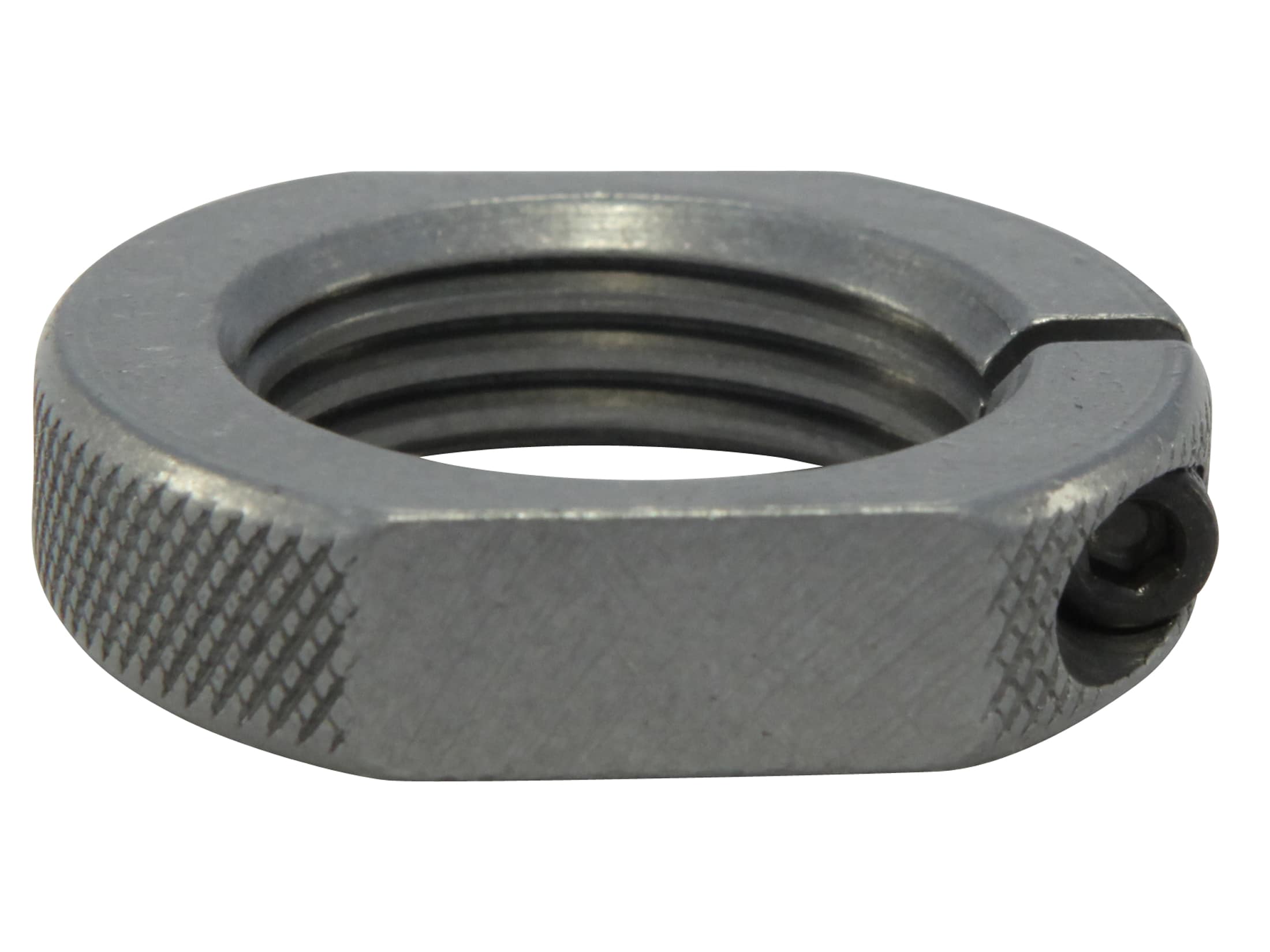RL338
Handloader
- Mar 23, 2017
- 4,435
- 7,745
To crimp or not to crimp. There seems to be a following on crimping Hammers when searching the subject.
How many members on here crimping Hammers?
How many members on here crimping Hammers?






